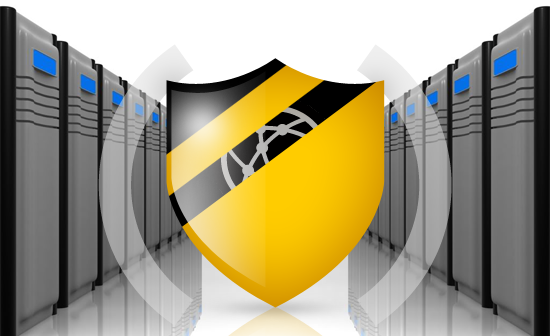Back in 2009, one of the world’s fastest spreading viruses swept the globe. Quite simply known as ‘Zeus’, the Trojan logged keystrokes and collected passwords of those who were infected. At the height of its infection, millions of computers were affected and over £100 million had been lost to the Trojan. And all this devastation was caused by internet users opening what they thought was a friendly email.
In fact, it’s estimated that 9 out of 10 viruses are spread by email. Malware mostly works through being attached to files and exploiting vulnerabilities in operating systems. However, email continues to be one of the ways malware spreads the fastest. An unassuming email with the subject ‘Hi’ or even an invitation to join a well-known social networking site is something that not everyone would find suspicious. Hackers are getting creative, too. Subjects like ‘omg have you seen this photo of you?’ are great at drawing in unsuspecting internet users as well. Once an email has been opened or a filed downloaded, the malware is then able to infect and spread. Malware is usually designed to cause damage, disruption and to steal from computers and internet users. In the worst-case scenarios, people can lose significant amounts of money. At best, it can cause a lot of hassle for both users and their email or social networking contacts.
Most of us would have virus protection as standard on our personal computers and email providers (like Gmail or Outlook) would usually have a good anti-virus programme to protect its users. However, for people who own their own website, whether for business or personal reasons, virus protection can come as an afterthought. It doesn’t really need to be said that malware can significantly harm a business or blog and cause disruption for both site owners and visitors. For people that rely on their website for advertising or for income, malware can become even more of a problem. A site that’s infected or that isn’t secure will give the impression that it isn’t trustworthy. This will have a big impact on a site’s reputation, meaning visitors are less likely to return or visit the site in the first place.
So, it’s been established that virus protection is extremely important and emails in particular need to be rigorously scanned for any malware. For site owners, this becomes even more important, particularly as most web host providers will include a personal email with your hosting. What many people don’t realise is that their host provider can provide protection at root level. What this means is that the host servers (which is where the emails will be first sent to) can do the scanning for site owners rather than them having to sort out a virus protection solution on their own server.
Using Siteopia (a domain registration company and web host provider) as a case study, their root level email anti-virus protection scans emails before they reach the site owner’s inbox. Siteopia uses ClamAV, which not only scans every message but also detects spam separately before it is deemed safe to be delivered. ClamAV is also automatically updated, so users continue to be protected when new malware threats arise. The beauty of this is that site owners have no need to worry about email virus protection themselves. With web hosts like Siteopia providing the protection for them, malware doesn’t have to become a problem. For webmasters that aren’t sure whether their web host provider has an anti-virus service, it is worth investigating. Without adequate protection, it is very likely that a site will be targeted and infected by malware.




